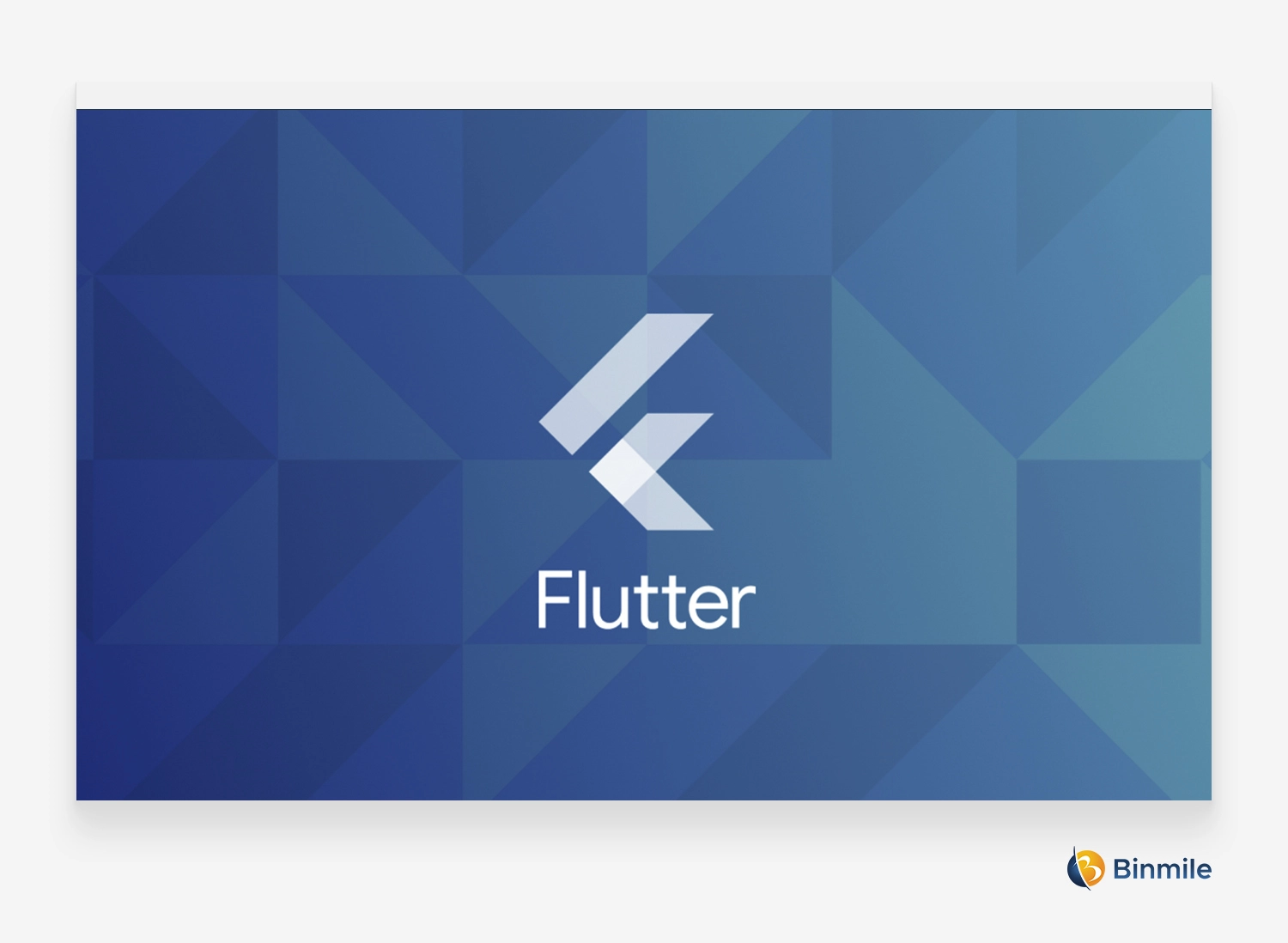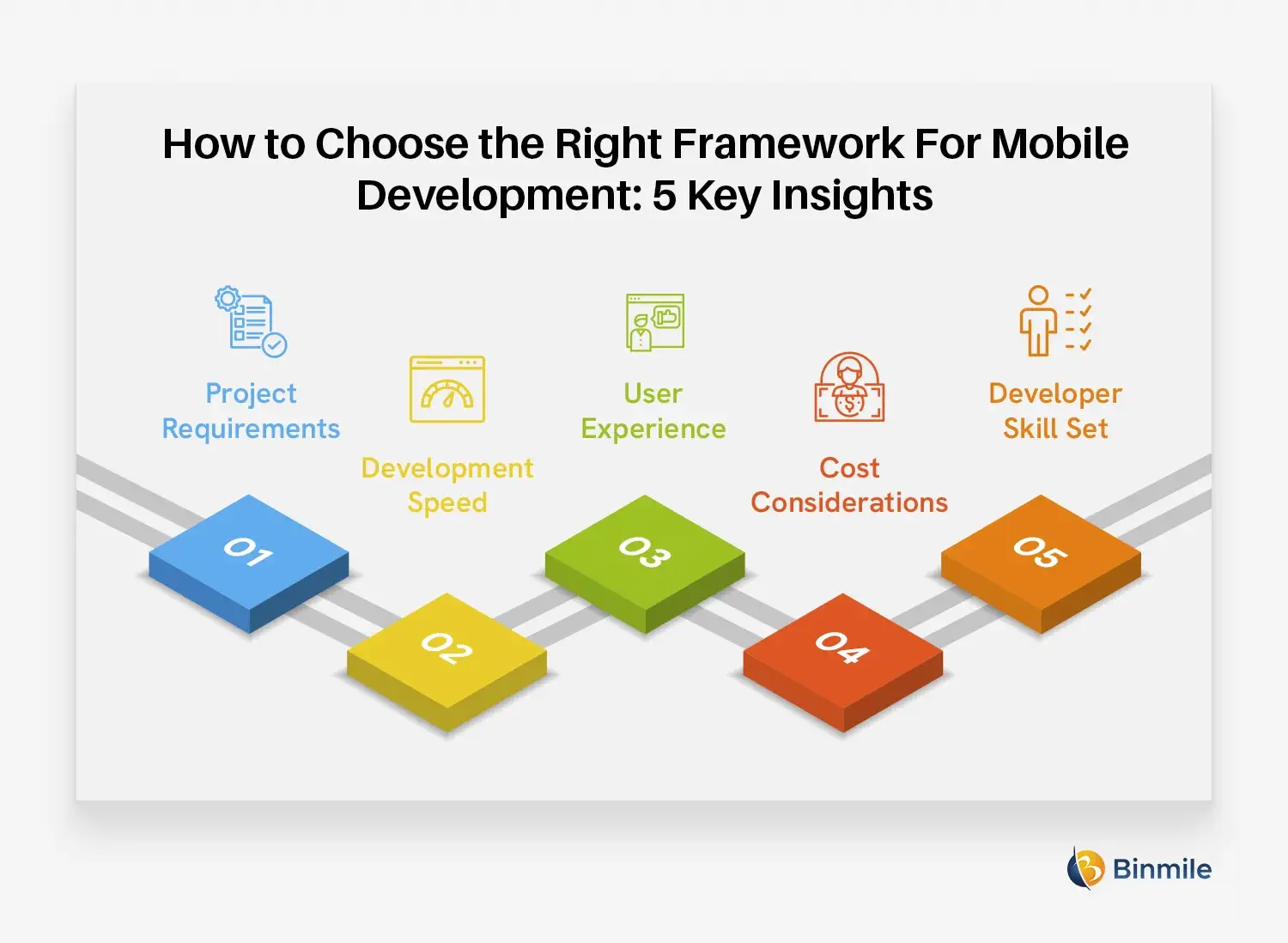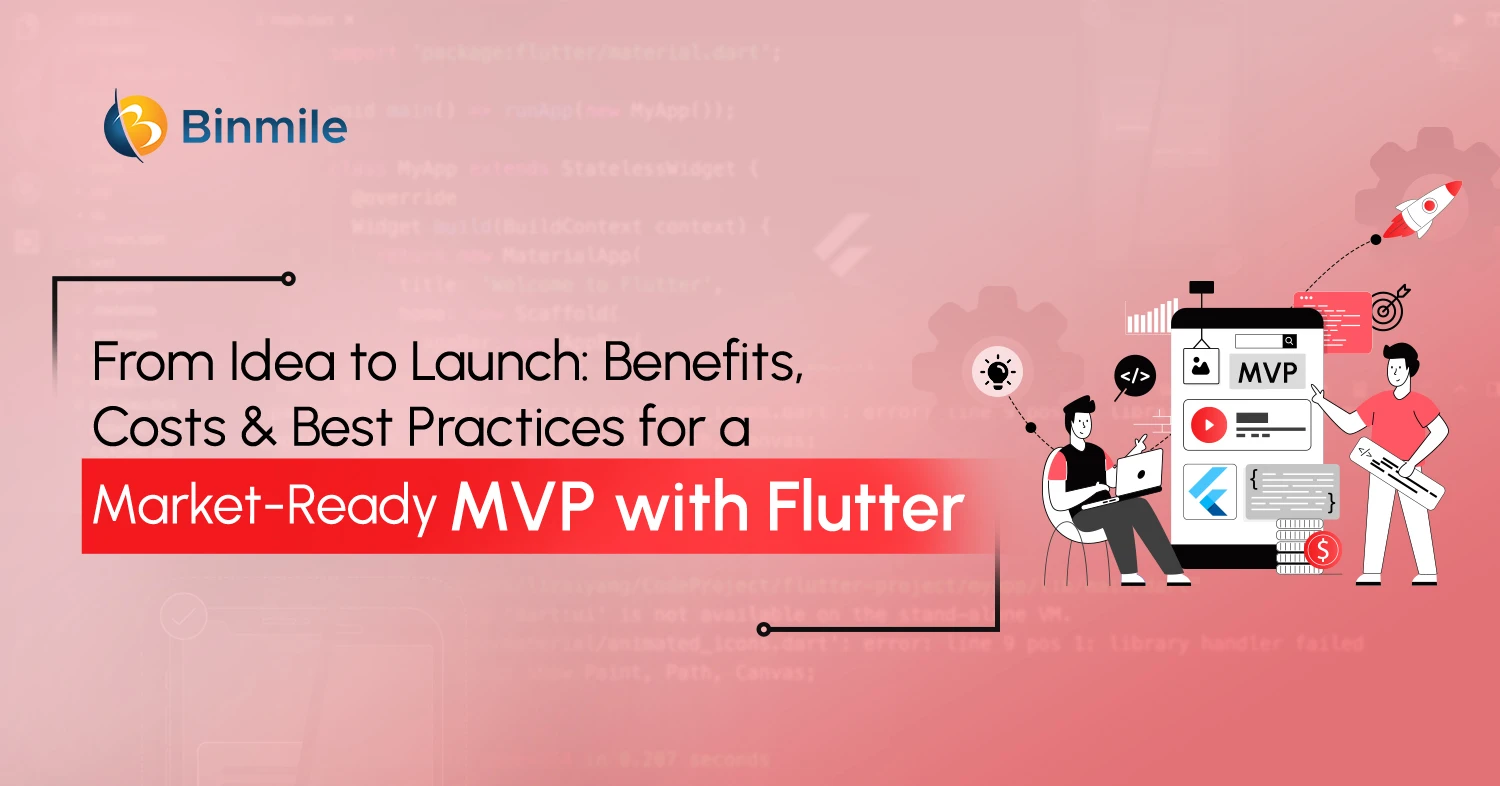- Flutter vs React Native vs PWA
- Flutter vs React Native vs PWA framework
- framework between Flutter
- Is Flutter a PWA or native?
- Is PWA better than React Native?
- PWA vs. Flutter vs. React Native vs. Native
- way to choose right frameworks
- what is flutter
- What is PWA?
- What is the difference between react PWA and Flutter?
Mobile apps form a huge part of business operations, from marketing tools, and communication channels, to offering valuable analytics about customer behavior, accessibility, and sales, among others. As a small business owner, you’d like to expand your business and reach out to your users or promote your services to as many people as you can and as quickly as you want. With 7.33 billion mobile users in 2023, a number that surely is going to be up, mobile applications are your sureshot to connect with and build its customer base, increase sales, and improve its reputation in the market. However, you cannot just build an app without doing deep research about the framework, you’d need to develop it.
The right mobile app development does more than provide a structured and efficient way to build applications for various platforms, such as iOS, Android, and even the web. They also help your SDLC team build applications faster, reduce the amount of code required, and streamline the development process. However, with so many frameworks available, it’s challenging to choose the right one for your project. Primarily, you’d come across three major frameworks: Flutter app development, React Native, and Progressive Web App. All these have their distinct capabilities, pros and cons. But which suits your small business is something we’ll discuss in this blog.
Flutter Vs React Native Vs PWA: 7 Key Differences Between the Application Frameworks

Let’s discuss what’s the difference between these three popular choices: Progressive Web Apps (PWAs), Flutter, and React Native to help you decide which is best for your small business needs.
1. Technology Stack:
- PWAs: Built based on web technologies like HTML, CSS, and JavaScript, PWA offers a user-friendly experience through web browsers irrespective of the device and platform over which it is accessed.
- Flutter: It’s developed by Google and utilizes Dart as the programming language for developers, allowing a single codebase for both iOS and Android platforms, ensuring consistent responsiveness and fluent UI.
- React Native: Leveraging JavaScript and React, React Native makes it possible for developers to build mobile native apps for either Android or iOS by sharing a high portion of shared codes between platforms.
2. Performance:
- PWAs: It offers good enough performance, but still lacks the speed and responsiveness of native apps due to browser or device limitations.
- Flutter: It offers high performance, as it can render virtually at native speed and smoothness, containing code compiled to machines.
- React Native: It has similar native app components, however, due to bridge overhead, it can hinder high performance.
3. User Experience (UX):
- PWAs: They provide consistent user experience, adaptive user interfaces, and device adaptability.
- Flutter: It allows visually appealing, engaging, and rich-in features user interfaces.
- React Native: It offers a native-like experience and pixel-perfect designs, however, not as engaging as Flutter.
4. Development Time and Cost:
- PWAs: Faster in development and less expensive compared to native apps. PWAs also utilize existing web development skills and thus require less maintenance.
- Flutter: Due to features like the hot reload function and the single codebase use, it lowers the app development cost to a great extent for different platforms.
- React Native: Using a shared codebase, React Native streamlines development but it takes resources both money and time to optimize performance and UI.
5. Access to Device Features:
- PWAs: PWAs can access some device features such as geolocation and camera, while they cannot utilize other features like native apps can do, especially the device-specific (hardware functions).
- Flutter: Using Flutter, developers can access all the device capabilities and native APIs fully and utilize the built-in functions of the respective hardware.
- React Native: With features such as third-party libraries and native modules, React Native offers extensive access to device functions, though integrating the more complex features may take the developer some extra effort.
6. Community and Support:
- PWAs: PWA developers find huge support from the web as a whole, unlike a native application which has a limited market. So, the web development community extends a lot of support through the ready availability of diverse resources.
- Flutter: A project backed by Google & eagerly welcomed by developers, Flutter enjoys strong support which makes it a regular update provider and increasingly resourceful in plugin/ package creation.
- React Native: Facebook has a huge user base and a huge amount of resources devoted to explaining React Native i.e. tutorials and libraries.
7. Scalability and Maintenance:
- PWAs: The scalable and maintenance part of PWAs would offer updates without the requirement for users to download or install new versions.
- Flutter: Due to the outset of the one-code-base development and modular architecture features of the framework, its scalability and maintenance become hassle-free and enable the developers to quickly update or fix bugs.
- React Native: It enables web developers to create apps that can run on various platforms and is scalable. Yet, the development of the app will probably require resolving compatibility issues that emerge with regular platform updates and ensuring uniformity of the features offered by the different devices used.
Discover the right framework for your app! Compare Flutter, React Native, and PWA to make informed choices in development. Start your journey today!
Making the Right Choice: Flutter vs React Native vs PWA
After finding the key differences between Flutter vs React Native and PWA, let’s try to understand them a little more. We’ll also list scenarios to help you decide what to choose for your app development. Moreover, deciding which is best for your small business depends a lot on your project requirements, budget, and skill sets.
What is PWA?
Progressive Web Application or PWA is a web application that can work across all platforms and devices with the same native features of a mobile app. Users get the best of both web-based and native mobile technologies without having to download or install an app from an app store.
Popular Apps: Twitter, Uber, and Pinterest, among others.
Key Features:
- PWA opens online/offline (its home page pulls up instead of ‘No Internet’ in offline mode)
- You can open PWA from shortcut icons
- It provides built-in security benefits
- More cost-effective to develop than native mobile apps
- It has a pleasant UI on all devices.
PWAs Are Ideal For:
- Simple apps with basic features and information display.
- Businesses on a budget with existing web development skills.
- Scenarios where app store approval time is a concern.
What is Flutter?
An open-source app development kit that is best for cross-platform applications. It helps developers build smooth, high-quality natively compiled apps for, the web and desktop. Developers can build apps from a single codebase for Android and iOS, thus speeding up the development cycles.
Popular Apps: Google Ads, eBay Motors, and Hamilton, among others
Key Features:
- It offers cross-platform capability to the apps, thus making it perform smoothly and fast on all platforms (iOS, Android, Windows, Linux, macOS, and others).
- It lets you build fully featured apps that perform effortlessly on all the search engines.
- The “Hot reload” feature makes it possible for developers to see the changes in the code instantly and correct them as they go.
- It offers readymade widgets and provides several options to test and integrate APIs.
- It’s free of cost and has detailed documentation and communities available online.
What is React Native?
It’s a popular Javascript-based mobile app framework that lets developers build applications that look and feel truly “native,” for various platforms by using the same codebase. ReactJS and React Native are different and the latter isn’t a newer version of ReactJS. ReactJS is a JavaScript library used for building the front end of a website, while React Native lets developers use a set of UI components to quickly compile and launch iOS and Android apps.
Popular Apps: Instagram, Walmart, Discord, among others.
Key Features
- It offers apps that function seamlessly on both iOS and Android platforms with native-like performance.
- Its ‘hot reloading feature,’ allows developers to see modifications instantaneously, thus reducing iteration times during development.
- It lets you write code only once and use those codes on all other platforms, be it Android, Windows, or iOS.
- It’s thoroughly responsive and has great rendering capabilities, therefore highly UI-focused.
- It offers easy access to 3rd party libraries.
Flutter And React Native Are Better For:
- More complex apps with advanced features and functionality.
- Businesses prioritize native-like performance and offline capabilities.
- Situations where app store discoverability is important.
Looking for a top-quality mobile app that performs effortlessly on all platforms and all search engines? Get in touch, we are here for you!
How to Choose the Right Framework for Mobile Development: 5 Key Insights
Selecting the right framework is more than about dissecting the features, pros, or cons of a particular mobile app development framework. Nonetheless, it’s a crucial step in developing a digital product effectively and efficiently. So, let’s discuss a few factors that you should consider before deciding upon a framework.
- Project Requirements: Start with assessing the scope and complexity of your project. Ask yourself, do you want to build a basic app with a limited feature set, or does your project require advanced functionalities and performance optimization? This helps you set the tone of your mobile app development process as you can’t use PWAs for iOS mobile apps.
- Development Speed: Speed is an essential factor while choosing a framework, so establish your project timeline and deadlines. For instance, there are certain frameworks, like hybrid and cross-platform options, that expedite development by allowing you to reuse code across platforms.
- User Experience: Your apps must provide a cohesive and engaging user experience in apps, so prioritize them while finding out the best framework. For instance, native app development often offers the best user experience due to platform-specific design patterns and performance optimization.
- Cost Considerations: A lot of factors define the app development cost, be it UI/UX design, features, or advanced features. So, understand the budget constraints of your project. Native development for both iOS and Android may require more resources, while PWA app development cost can be effective.
- Developer Skill Set: This is another factor that you need to consider before choosing an application framework. Assess the skills and expertise of your development team or the team you’re planning to hire. Doing so helps you choose a framework that aligns with your team’s strengths and delivers a smoother development process. For example, React Native is an easy-to-use framework for beginners to build apps.
Did You Know the Difference?: ReactJS vs AngularJS vs VueJS
Closing Statement
The success of an app development process depends a lot on what kind of app development services provider you’re partnering with and which framework you decide to go for. So, whatever you decide to choose between Flutter vs PWA vs React Native, you must remember to go for the framework that suits your budget and project requirement, rather than going for which is popular.
If you still have questions about which framework between Flutter, PWA, and React Native is the ideal choice for your business then you can see a custom application development services company for a comprehensive consultation. Its expertise and extensive knowledge can help you choose the most suitable technology and features and increase your visibility in the market in just no time.













